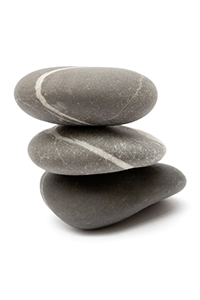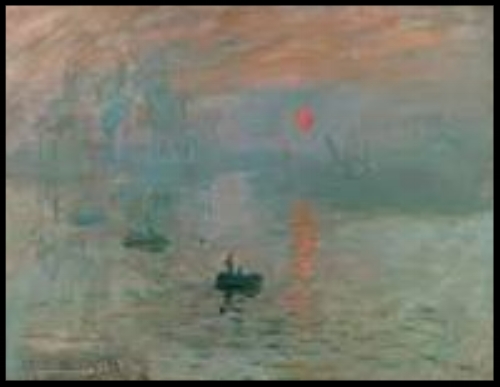As I am want to do, I was looking at used books at a local thrift shop. I was wanting my own copy of Moby Dick and I just had a feeling that there might be a discarded, hardly read copy from someone's English class. Eureka. Found one in pristine condition.
I also happened upon this little gem: The Book of Doing: Everyday Activities to Unlock Your Creativity and Joy by Allison Arden. She reminds the reader that we have turned joyful pursuits into chores. "We've minimized the value of what these acts of personal creation can fuel in our society: the perspective, centeredness, and sense of accomplishment they give us. ....In the same way we have allowed technology to infiltrate every area of our lives, we must allow our creativity and passions to infuse our daily activities." Amen sister!
And so, dear reader I offer to you some of the suggestions from her book (and a few of my own). Perhaps 2017 can be the year that you try and engage in some type of creative doing. It doesn't have to be the beret-wearing, scarf-tossing artist (accent on the second syllable). Doing can encompass anything, as Ms. Arden states, "Creating, making, mastering, perfecting, helping, inventing, initiating, experimenting, learning, drawing, changing, constructing, reading, moving, trying, challenging, testing, building, writing singing, dancing, hosting, cooking, painting tasting, sharing, smelling, imitating, playing, enjoying, being, giving,
"It is not in doing what you like, but in liking what you do that is the secret of happiness." ~J.M. Barrie, creator of Peter Pan.
Here are some suggestions:
- Master how to say "hello", "please" and "thank you" in five different languages (once you have done that, go on to completely learn a language- at least be able to communicate if you travel)
- Remove the words, "never", "can't", and "stupid" from your vocabulary (think of other frequent words you might use and try to change them up)
- Add a new word to your vocabulary each week (https://www.vocabulary.com/ is an online "game" for learning new words)
- Train to participate in a something-a thon ( marathon, bike-a-thon, bowl-a-thon, etc.)
- Be inspired by a dish you love from a restaurant and try duplicating at home
- Taste a slice of pizza from every shop in town- rate it (bring friends and/or family along. If pizza is not your thing- try ice cream, same type of sandwich, coffee or tea)
- Look at the world through a camera lens (literally as you see things through new angles and then figuratively as you view the same ole, same ole in a different light)
- Learn to play chess
- Go to a farm where you can pick your own fruits and veggies. (make something with the harvest)
- Craft something special out of a sentimental piece of clothing (favorite t-shirts into throw pillows or quilts)
- Change something "unmovable" ( your birthday, a room, your hair, your point of view)
- Build something out of a natural material- preferably if you "find" the material on a nature walk (last year I made a bamboo fence to contain our raspberries)
- Pick and celebrate quotes that Inspire you (pin them up around your desk, mirror, by the kitchen sink)
- Memorize a poem or scripture (you'll never know when that gem will need to be recalled)
The point of all these suggestions is to get out there and do something. Something that feeds your soul and opens you to new possibilities. Something that can stimulate one of your five senses. As you do your activities, try to enjoy the experience. I am going to try this year. What about you?











